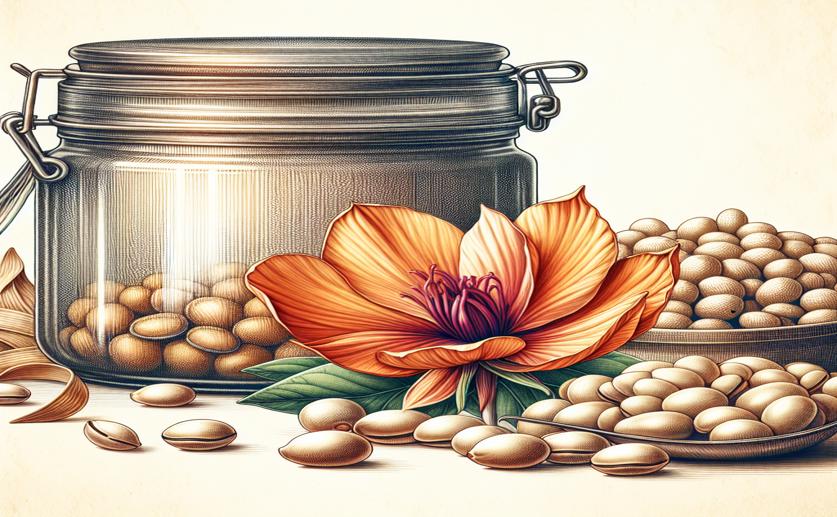
Saffron As a Natural Preservative for Soybean Oil
Jenn Hoskins
29th February, 2024

Image Source: Natural Science News, 2024
Key Findings
- In Morocco, saffron stigmas improved soybean oil's resistance to spoilage better than synthetic antioxidants
- Saffron-treated oils maintained quality over 12 weeks, showing lower levels of spoilage indicators
- The study suggests saffron is a safer, natural alternative to synthetic antioxidants in food preservation
References
Main Study
1) Valorization of saffron (Crocus sativus L.) stigma as a potential natural antioxidant for soybean (Glycine max L.) oil stabilization.
Published 29th February, 2024
https://doi.org/10.1016/j.heliyon.2024.e25875
Related Studies
2) Effect of Natural Antioxidants from Marigolds (Tagetes erecta L.) on the Oxidative Stability of Soybean Oil.
3) Phytochemistry, quality control and medicinal uses of Saffron (Crocus sativus L.): an updated review.
4) An Overview on the Use of Extracts from Medicinal and Aromatic Plants to Improve Nutritional Value and Oxidative Stability of Vegetable Oils.



 9th February, 2024 | Jim Crocker
9th February, 2024 | Jim Crocker